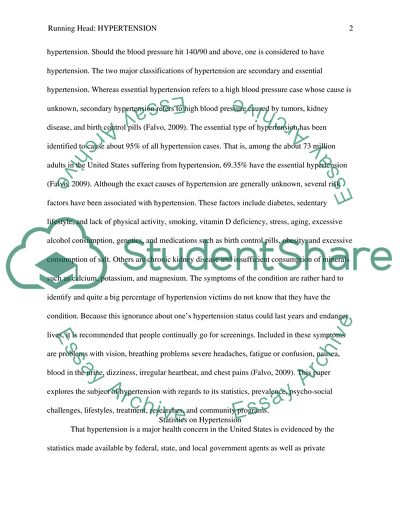Cite this document
(“Hypertension Research Paper Example | Topics and Well Written Essays - 2000 words”, n.d.)
Retrieved from https://studentshare.org/other/1401246-hypertension
Retrieved from https://studentshare.org/other/1401246-hypertension
(Hypertension Research Paper Example | Topics and Well Written Essays - 2000 Words)
https://studentshare.org/other/1401246-hypertension.
https://studentshare.org/other/1401246-hypertension.
“Hypertension Research Paper Example | Topics and Well Written Essays - 2000 Words”, n.d. https://studentshare.org/other/1401246-hypertension.


